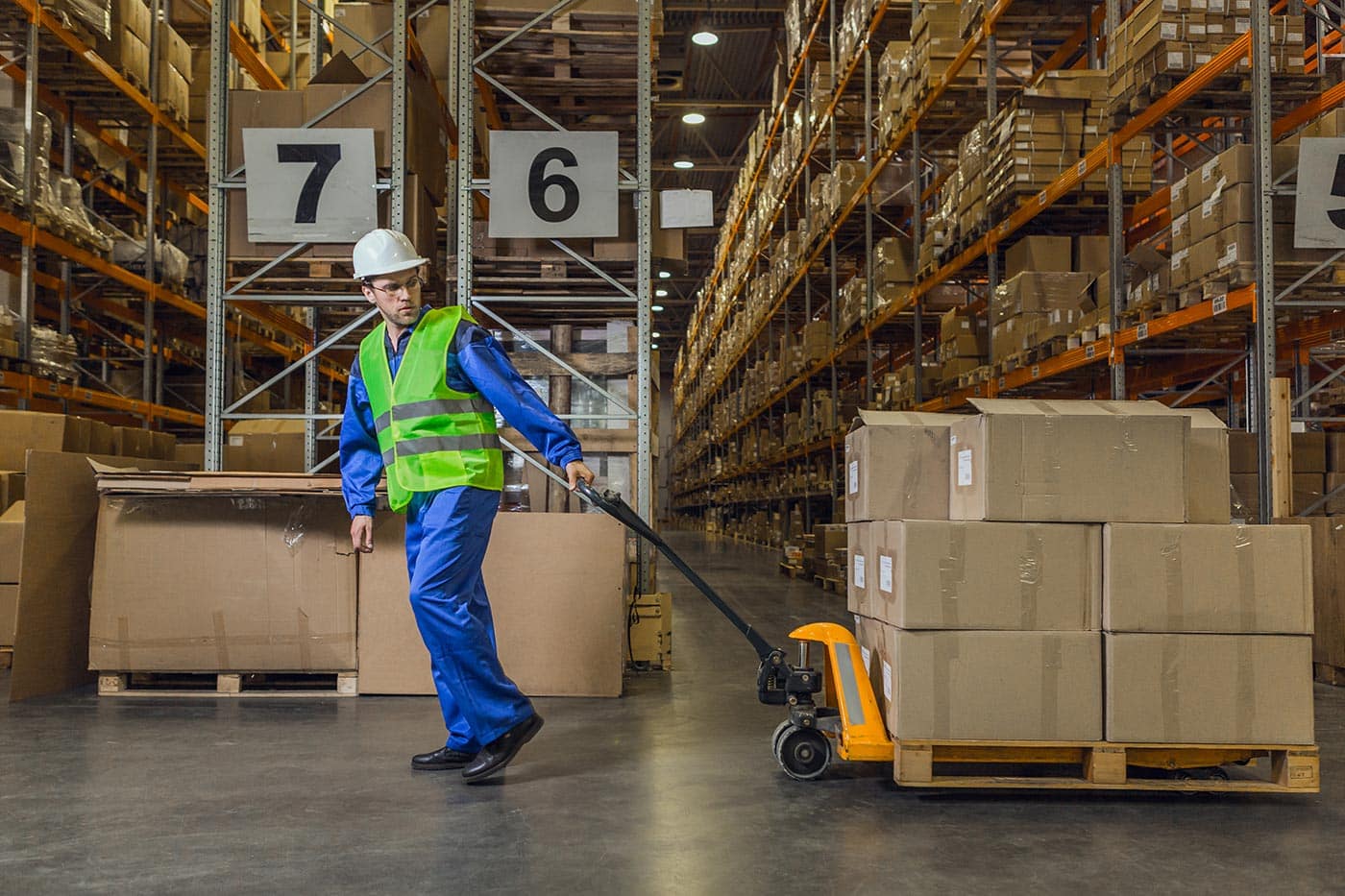Accidents in the workplace can have far-reaching consequences, affecting not only the individuals involved but also the overall safety culture of an organisation. To address this, accident investigation techniques play a pivotal role in enhancing incident reporting and analysis. Let’s delve into the world of incident investigation, exploring how we can improve reporting and the techniques employed for a thorough analysis.
The Importance of Incident Reporting
Incident reporting is the cornerstone of a robust safety management system. It is the initial step in understanding what went wrong and why. Imagine this: you’re on the factory floor, and a slip-and-fall incident occurs. Without prompt and accurate reporting, crucial details may slip through the cracks, hindering any potential preventive measures. Therefore, the first crucial technique is fostering a culture that encourages immediate and transparent incident reporting.
The Human Element in Reporting
Often, employees may hesitate to report incidents due to fear of repercussions or a perceived blame culture. To improve incident reporting, it’s essential to emphasise the non-punitive nature of the process. Workers need to feel that their input is valued and that the goal is not to assign blame but to learn and prevent future occurrences.
Creating a Safe Reporting Environment
Establishing a safe reporting environment involves clear communication from leadership. When employees understand that reporting an incident is not about finding a scapegoat but about collectively improving safety, they are more likely to step forward. This shift in perspective contributes to a more comprehensive incident database, aiding in the identification of patterns and systemic issues.
Techniques for Incident Investigation
Once incidents are reported, the next step is the investigation. This is where a range of techniques comes into play, ensuring a thorough analysis that goes beyond surface-level understanding.
Root Cause Analysis
Root cause analysis (RCA) is a fundamental technique that involves digging deep to identify the underlying factors that contributed to an incident. It’s not about stopping at the immediate cause but asking why that cause occurred. By peeling back the layers, organisations can uncover systemic issues that, when addressed, prevent similar incidents in the future.
Fishbone Diagrams for Visualisation
A visual aid in the investigator’s toolkit is the fishbone diagram, also known as the Ishikawa diagram. This technique organises potential causes into categories like equipment, people, process, and environment. Visualising the interconnected factors aids investigators in systematically exploring all possible contributors, leading to a more thorough understanding of the incident.
Learning from Near-Misses
Incident reporting shouldn’t be reserved for accidents with visible consequences. Near-misses, where an incident almost occurred but was narrowly avoided, are invaluable in preventing future disasters. Encouraging the reporting of near-misses provides organisations with an opportunity to address potential hazards before they escalate.
Implementing Corrective Actions
Once the investigation is complete, the findings must translate into action. Corrective actions based on the investigation’s results are crucial for preventing the recurrence of similar incidents. These actions may involve changes in procedures, additional training, or improvements to the physical environment. Regularly revisiting and evaluating the effectiveness of these actions ensures continuous improvement in safety protocols.
From Reporting to Analysis: A Holistic Approach
Accident investigation techniques are not isolated processes but part of a broader safety framework. For a truly effective system, organisations should view incident reporting and investigation as interconnected elements in the pursuit of a safer work environment.
Integration with Safety Management Systems
Incident reporting and investigation shouldn’t operate in isolation. They need to be seamlessly integrated into an organisation’s safety management systems. This integration ensures that the lessons learned from incidents feed back into the overall safety strategy, fostering a culture of continuous improvement.
Regulatory Compliance in the UK
In the United Kingdom, regulations such as the Health and Safety at Work Act and the Reporting of Injuries, Diseases, and Dangerous Occurrences Regulations (RIDDOR) outline the legal obligations regarding incident reporting. Understanding and complying with these regulations is not just a legal requirement but a crucial aspect of maintaining a safe working environment.
Continuous Training and Education
To enhance incident reporting and investigation, continuous training and education are paramount. Ensuring that employees understand the importance of reporting, are familiar with the investigation techniques, and are aware of regulatory requirements contributes to a proactive safety culture.

Making an Accident at Work Claim with National Claims
National Claims is committed to assisting individuals who have experienced workplace accidents. If you’ve been injured at work and believe you deserve compensation, our team of experts is here to guide you through the claims process. From gathering evidence to representing your case, we are dedicated to ensuring you receive the compensation you rightfully deserve. Contact National Claims today and let us help you navigate the complexities of making an accident at work claim.
Conclusion
Improving incident reporting and analysis is a multifaceted endeavour that requires a cultural shift, effective techniques, and a commitment to continuous improvement. By creating a safe reporting environment, employing robust investigation techniques, and integrating incident analysis into broader safety management systems, organisations can move beyond reactive measures to a proactive approach in ensuring workplace safety. As we navigate the complexities of incident investigation, let us remember that each reported incident is not just a problem to solve but an opportunity to learn, adapt, and make our workplaces safer for everyone.
Get started on your claim today with the help of one of our claims specialists. Get in contact with us now!
Click below to see why we are one of the most trusted claims management companies in the UK.

We’re proud of our excellent customer reviews
We thrive on delivering exceptional service and ensuring our clients’ satisfaction. Don’t just take our word for it. Check out some of our independent reviews to see what our clients have to say.
Excellent

This firm is excellent, they sorted out my car pay out and injury claim very fast, they always communicate with you all the time.

My accident case was dealt with confidence and with great result of the outcome, especially James kept me informed all the time.

I was very impressed at the way my inquiry was treated. I was listened to attentively and everything I needed to know was explained to me.






